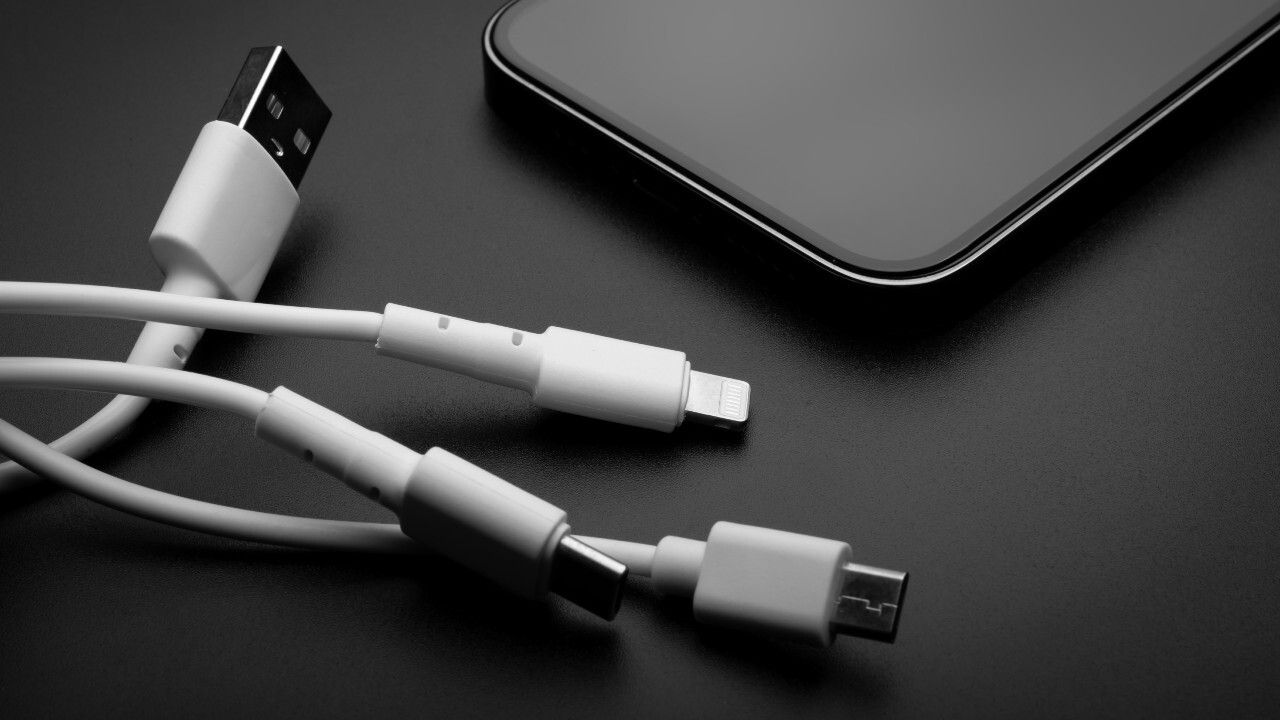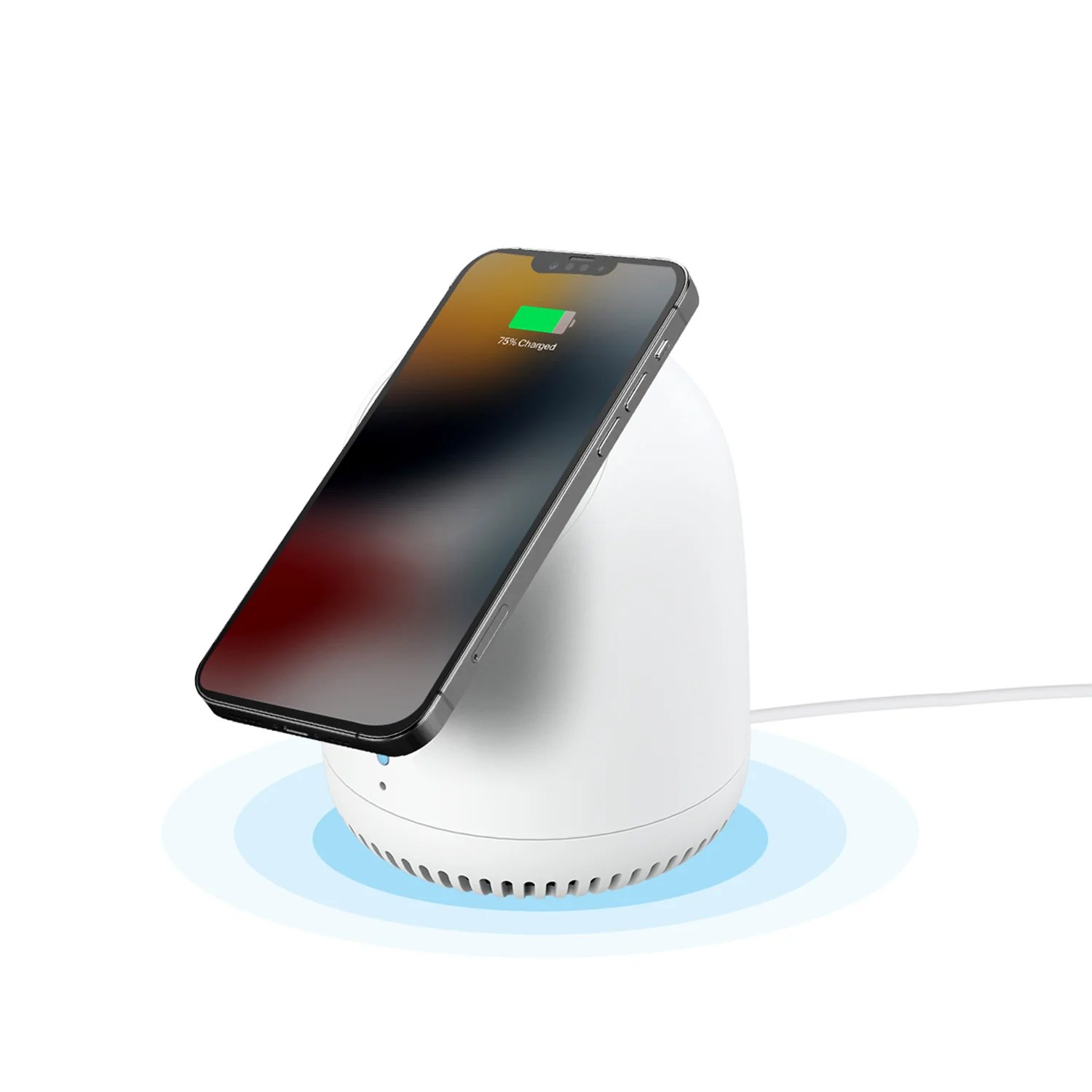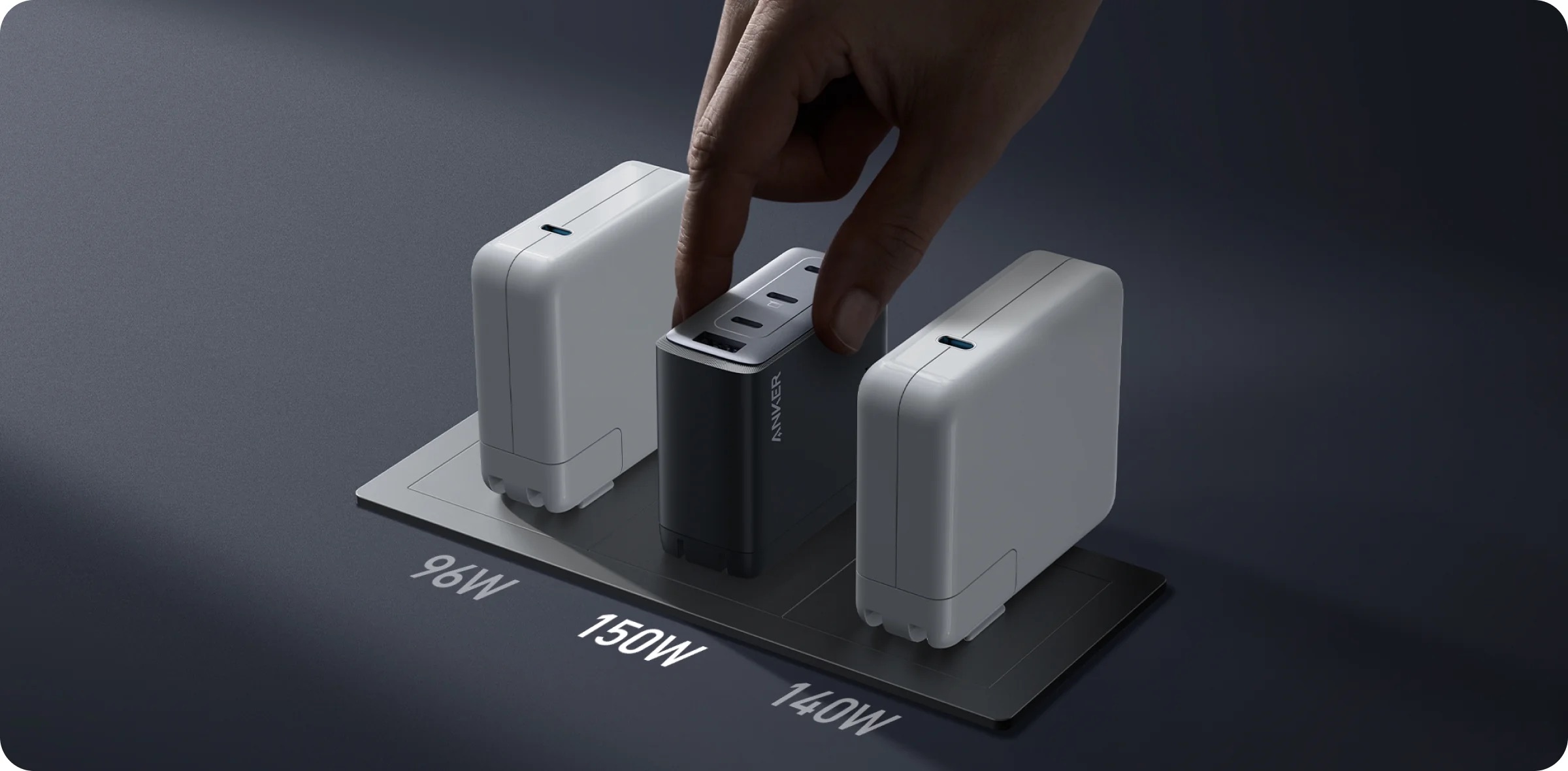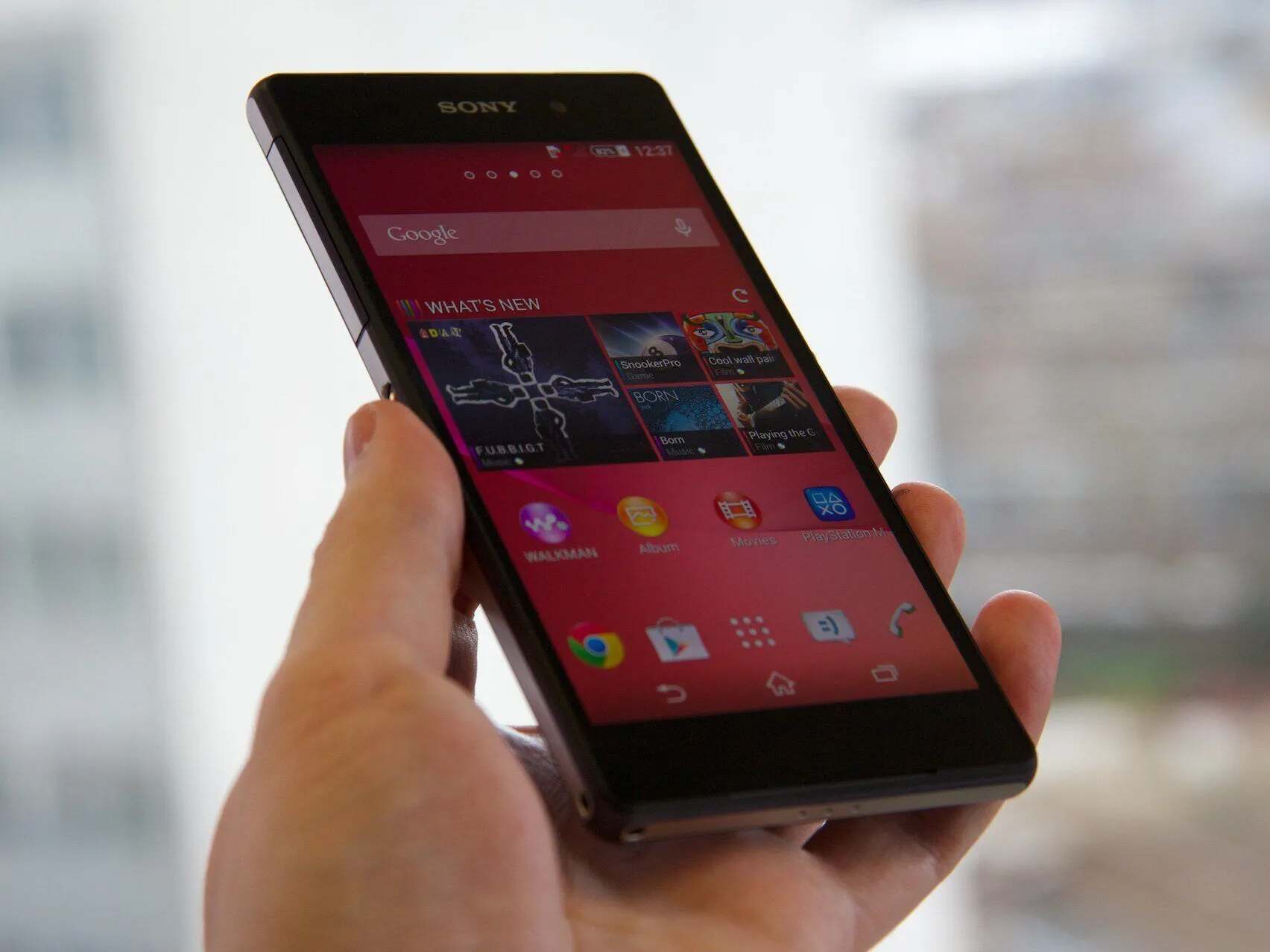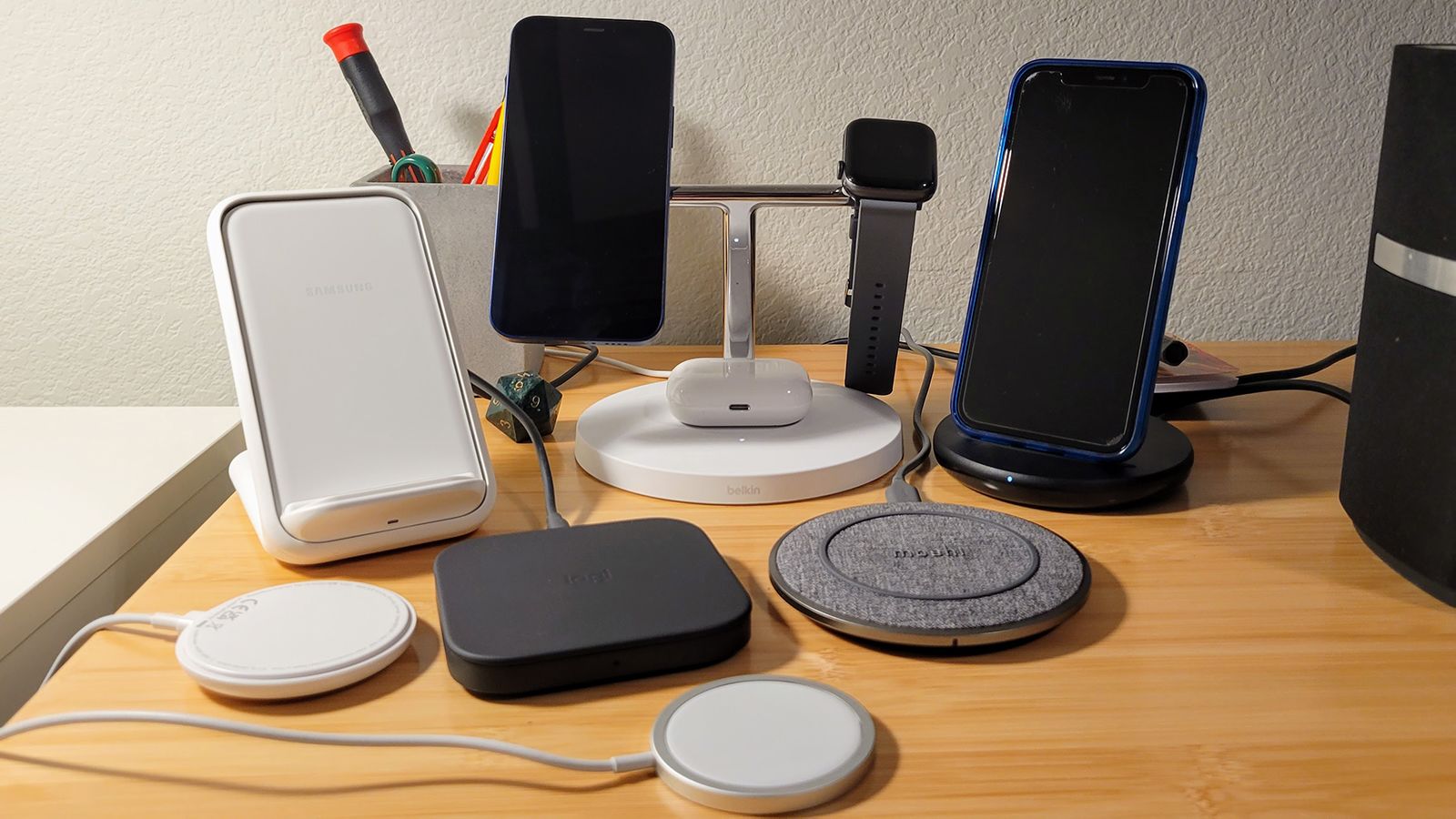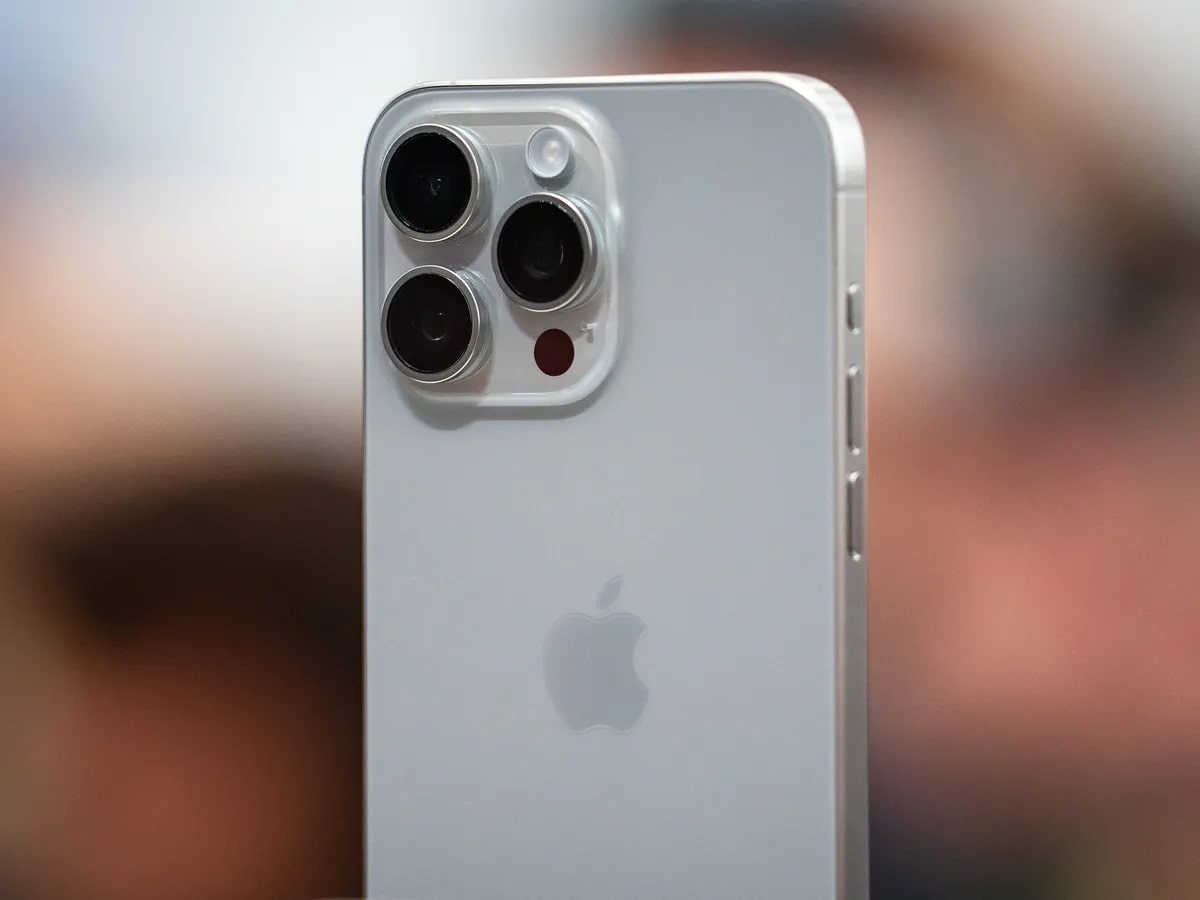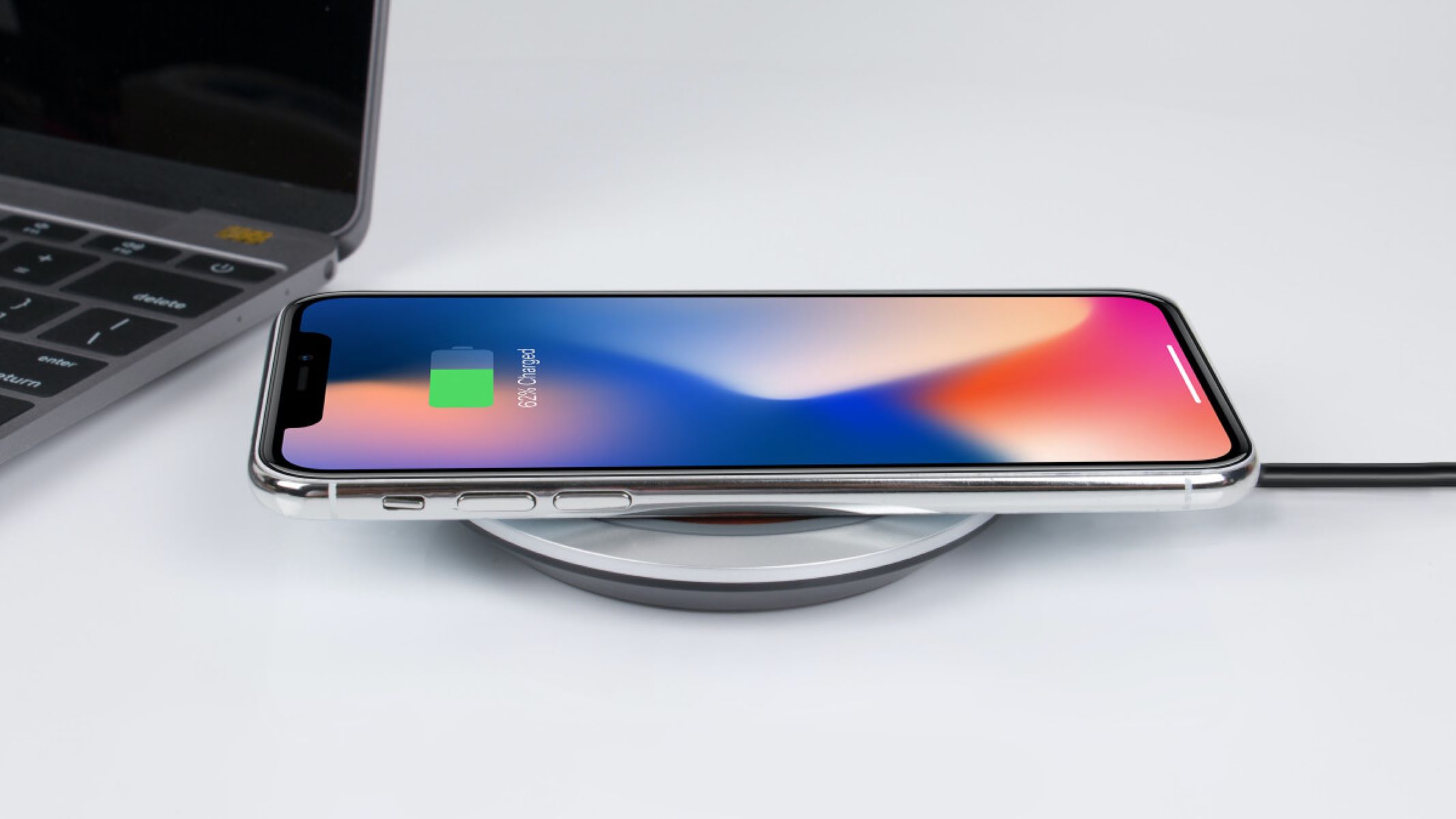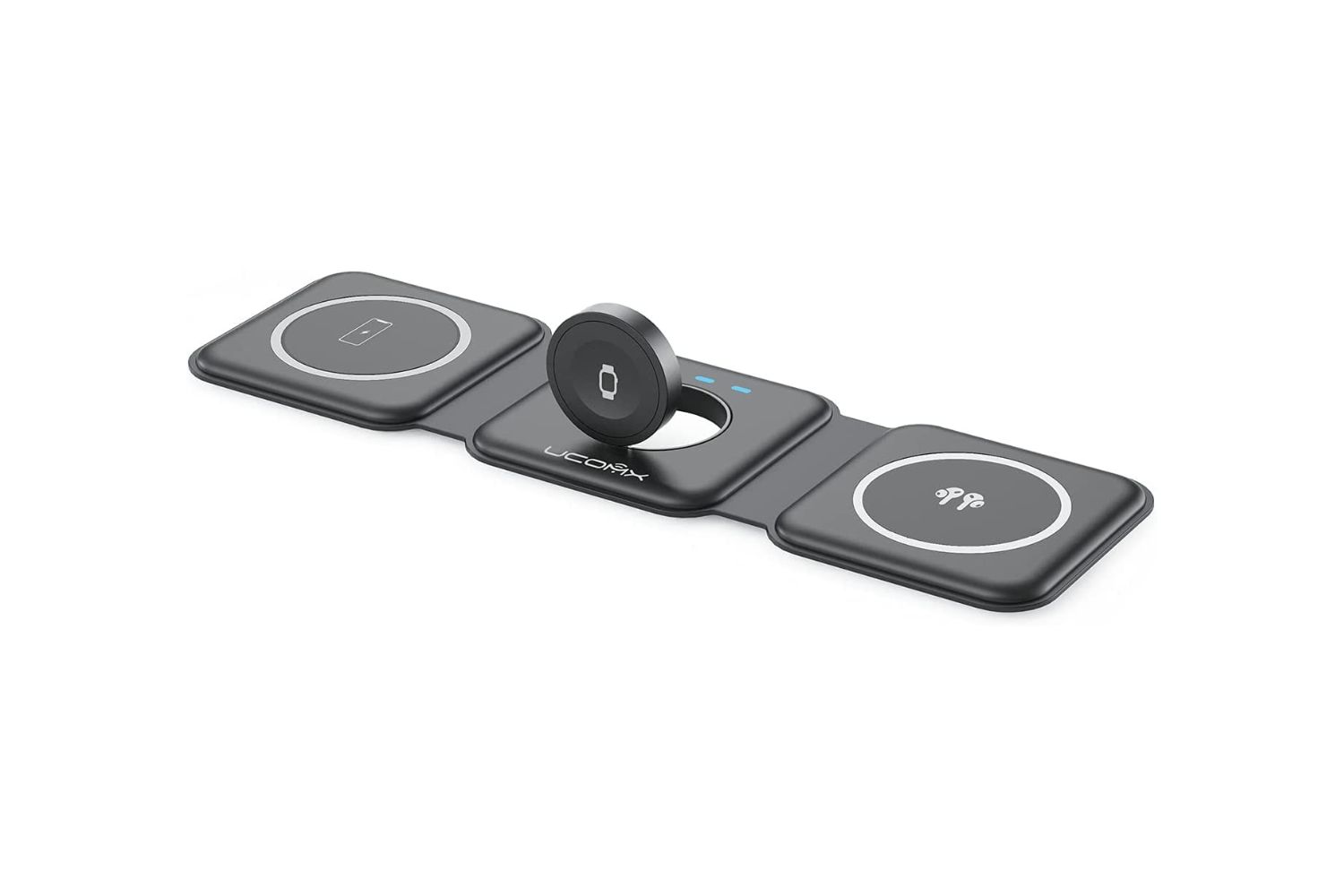Introduction
In our modern, tech-driven world, USB chargers have become an indispensable part of our daily lives. These nifty devices power up our smartphones, tablets, laptops, and an array of other gadgets, ensuring that we stay connected and productive throughout the day. Understanding the workings of a USB charger is not only practical but also enlightening, as it unveils the intricate mechanisms that keep our devices juiced up and ready for action.
As we delve into the realm of USB chargers, we will explore the fundamental concepts behind these devices, the various types available, their functions, and even troubleshooting tips to address common issues. Whether you're a tech enthusiast, a casual user, or simply curious about the inner workings of everyday technology, this guide will provide valuable insights into the ubiquitous USB charger.
Join us on this enlightening journey as we unravel the mysteries of the USB charger, demystify its specifications, and gain a deeper appreciation for the essential role it plays in our digitally connected lives. Get ready to discover the fascinating world of USB chargers and power up your knowledge in this electrifying exploration!
What is a USB Charger?
A USB charger is a device that provides power to electronic devices through a USB port. It serves as a convenient and versatile solution for charging a wide range of gadgets, including smartphones, tablets, digital cameras, portable speakers, and more. The USB charger typically consists of a power adapter that plugs into a wall outlet or a car’s cigarette lighter socket, with one or more USB ports for connecting charging cables.
One of the key advantages of USB chargers is their universal compatibility, as most modern electronic devices are equipped with USB connectivity. This standardization has made USB chargers ubiquitous, allowing users to charge multiple devices using the same charger, thereby reducing clutter and simplifying the charging process.
Furthermore, USB chargers come in various forms, including wall chargers, car chargers, power banks, and multi-port chargers, catering to diverse charging needs in different environments. Whether you’re at home, in the office, or on the go, a USB charger offers the flexibility to keep your devices powered up wherever you are.
Additionally, the evolution of USB technology has led to the development of fast-charging capabilities, enabling devices to recharge at a much quicker pace than traditional chargers. This advancement has significantly improved the efficiency and convenience of charging electronic devices, allowing users to spend less time tethered to a power source and more time enjoying their gadgets.
Overall, the USB charger’s versatility, compatibility, and evolving technology make it an essential component of our digital lifestyle. Its ability to power up a multitude of devices effortlessly has revolutionized the way we stay connected and productive, making it a ubiquitous and indispensable tool in today’s tech-savvy world.
Types of USB Chargers
USB chargers come in various types, each designed to cater to specific charging needs and environments. Understanding the different types of USB chargers can help users select the most suitable option for their devices and lifestyle. Here are some common types of USB chargers:
- Wall Chargers: These chargers are designed to be plugged into standard wall outlets and are commonly used at home, in offices, and in public spaces. They often feature one or more USB ports for connecting charging cables, allowing users to power up their devices conveniently.
- Car Chargers: Also known as car adapters, these chargers are designed to be used in vehicles, typically plugging into the car’s cigarette lighter socket or 12V power outlet. Car chargers enable users to charge their devices while on the move, making them ideal for road trips, daily commutes, and travel.
- Power Banks: Power banks, or portable chargers, are compact, portable devices that store electrical energy and can be used to recharge electronic devices on the go. They are especially useful in situations where access to a wall outlet or car charger is limited, providing a convenient and reliable power source for smartphones, tablets, and other gadgets.
- Multi-Port Chargers: These chargers feature multiple USB ports, allowing users to charge several devices simultaneously. They are particularly useful for households, offices, and travel scenarios where multiple devices need to be charged at the same time.
- Wireless Chargers: Wireless charging technology eliminates the need for traditional charging cables by using induction to transfer power to compatible devices. While not reliant on USB ports, wireless chargers are a noteworthy addition to the charging landscape, offering a cable-free and convenient charging experience for compatible devices.
Each type of USB charger offers unique advantages and is tailored to specific usage scenarios, providing users with flexibility and convenience in keeping their devices powered up. By understanding the characteristics and applications of these different charger types, individuals can make informed decisions when selecting the most suitable charging solution for their needs.
How Does a USB Charger Work?
At its core, a USB charger operates by converting electrical power from a source, such as a wall outlet or a car’s electrical system, into a format that can be used to charge electronic devices. The charger accomplishes this through a series of essential components and processes that facilitate the efficient and safe delivery of power to the connected devices.
When a USB charger is plugged into a power source, the electrical current flows into the charger’s circuitry, where it undergoes conversion and regulation to produce the appropriate voltage and current levels required for charging. This process is managed by the charger’s internal circuitry, which includes components such as transformers, rectifiers, voltage regulators, and control circuitry.
Once the electrical power has been converted and regulated, it is delivered to the connected device through the USB port and charging cable. The device’s charging circuitry, in turn, manages the reception and utilization of the incoming power, ensuring that the battery is charged safely and efficiently. This process involves monitoring the battery’s state of charge, adjusting the charging current and voltage as needed, and implementing safety features to prevent overcharging or overheating.
Furthermore, advancements in USB charger technology have led to the integration of intelligent charging protocols and fast-charging capabilities. These features enable the charger to communicate with the connected device, negotiate optimal charging parameters, and deliver higher power levels for faster charging, all while maintaining compatibility and safety.
Overall, the intricate workings of a USB charger involve a harmonious interplay of electrical components, circuitry, and intelligent control mechanisms, all aimed at providing a reliable, efficient, and safe charging experience for electronic devices. By understanding the underlying principles of how a USB charger operates, users can gain insight into the technology that powers their everyday devices and appreciate the engineering ingenuity that drives the modern charging ecosystem.
Understanding USB Charger Specifications
USB chargers are characterized by a set of specifications that define their capabilities, compatibility, and performance. Understanding these specifications is crucial for selecting the right charger for specific devices and ensuring optimal charging efficiency. Here are key USB charger specifications to consider:
- Output Voltage: The output voltage of a USB charger determines the level of electrical potential provided to the connected device. Common output voltages for USB chargers include 5 volts (V) for standard charging and 9 volts or 12 volts for fast charging protocols such as Qualcomm Quick Charge and USB Power Delivery (PD).
- Output Current: Expressed in amperes (A), the output current denotes the rate at which electrical charge is delivered to the device. Higher output currents result in faster charging, with typical values ranging from 1A to 3A for standard USB chargers and exceeding 3A for fast-charging models.
- USB Standard: USB chargers adhere to specific USB standards, such as USB 2.0, USB 3.0, and the latest USB 3.1 and USB 3.2 standards. These standards dictate the data transfer rates, power delivery capabilities, and connector types supported by the charger, ensuring compatibility with various devices and accessories.
- Fast-Charging Protocols: Many modern USB chargers support fast-charging protocols, such as Qualcomm Quick Charge, USB Power Delivery (PD), and Adaptive Fast Charging. These protocols employ advanced charging algorithms and higher power levels to expedite the charging process for compatible devices, reducing the time required to replenish battery levels significantly.
- Number of Ports: USB chargers may feature single or multiple ports, allowing users to charge one or multiple devices simultaneously. Multi-port chargers offer enhanced convenience, particularly in shared spaces or when charging multiple devices on the go.
By considering these specifications, users can make informed decisions when selecting USB chargers that align with their device’s charging requirements and support the latest fast-charging technologies. Additionally, understanding the significance of these specifications empowers users to optimize their charging setups, enhance charging efficiency, and harness the full potential of their electronic devices.
Common Issues and Troubleshooting
While USB chargers are reliable and efficient, users may encounter common issues that affect charging performance. Understanding these issues and implementing troubleshooting strategies can help resolve charging-related problems effectively. Here are some common issues and their corresponding troubleshooting steps:
- Slow Charging: If a device is charging at a slow rate, ensure that the charging cable and USB port are clean and free from debris. Using a different cable or port can also help identify if the issue is related to a faulty cable or port. Additionally, enabling airplane mode or turning off the device during charging can expedite the charging process.
- Overheating: Overheating during charging may occur due to environmental factors, prolonged usage during charging, or incompatible chargers. To mitigate overheating, ensure the device is placed in a well-ventilated area during charging, avoid using the device intensively while charging, and use chargers that are compatible with the device’s fast-charging protocols.
- Intermittent Charging: Intermittent charging issues can result from loose connections, damaged cables, or debris in the charging port. Cleaning the port, using a different cable, and ensuring a secure connection between the device and charger can help stabilize the charging process.
- Device Not Recognized: If a device is not being recognized when connected to a USB charger, try using a different cable or port to rule out potential cable or port issues. Restarting the device and ensuring that the charging port is free from debris can also facilitate proper device recognition.
- Compatibility Issues: Some devices may exhibit compatibility issues with certain chargers, leading to unreliable or ineffective charging. To address compatibility issues, use chargers that are certified for the specific device or adhere to standard charging protocols supported by the device.
By identifying and addressing these common issues, users can troubleshoot charging-related problems effectively, optimize charging performance, and prolong the lifespan of their devices. Additionally, practicing good charging habits, such as using certified chargers, maintaining clean charging connections, and avoiding extreme temperatures, can contribute to a seamless and reliable charging experience.
Conclusion
As we conclude our exploration of USB chargers, we have gained valuable insights into the essential role these devices play in powering our modern digital lifestyle. From their universal compatibility and diverse types to the intricacies of their specifications and common troubleshooting techniques, USB chargers have proven to be indispensable companions in our daily interactions with electronic devices.
Understanding the inner workings of USB chargers has unveiled the remarkable fusion of technology, convenience, and reliability that underpins their functionality. The ability to convert and deliver electrical power to a myriad of devices, while accommodating fast-charging protocols and intelligent charging algorithms, showcases the impressive evolution of charging technology and its impact on our daily routines.
Moreover, the versatility of USB chargers, spanning wall chargers, car chargers, power banks, and multi-port chargers, ensures that users can stay connected and productive in diverse environments, whether at home, in transit, or at work. This adaptability reflects the seamless integration of charging solutions into our dynamic and mobile-centric lifestyles.
As we look to the future, the continued advancement of USB charger technology promises even greater efficiency, faster charging speeds, and enhanced compatibility with a wide range of devices. The evolution of wireless charging and the integration of sustainable charging solutions further underscore the ongoing innovation and commitment to improving the charging experience for users worldwide.
In essence, the USB charger stands as a testament to the ingenuity and practicality of modern technology, serving as a reliable conduit that empowers us to harness the full potential of our electronic devices. Its unwavering presence in our daily lives, coupled with its ever-evolving capabilities, reinforces its status as an indispensable ally in our digital journey.
As we bid adieu to this enlightening exploration, let us carry forward our newfound understanding of USB chargers, appreciating their significance in keeping us charged, connected, and ready for whatever the future may bring.







